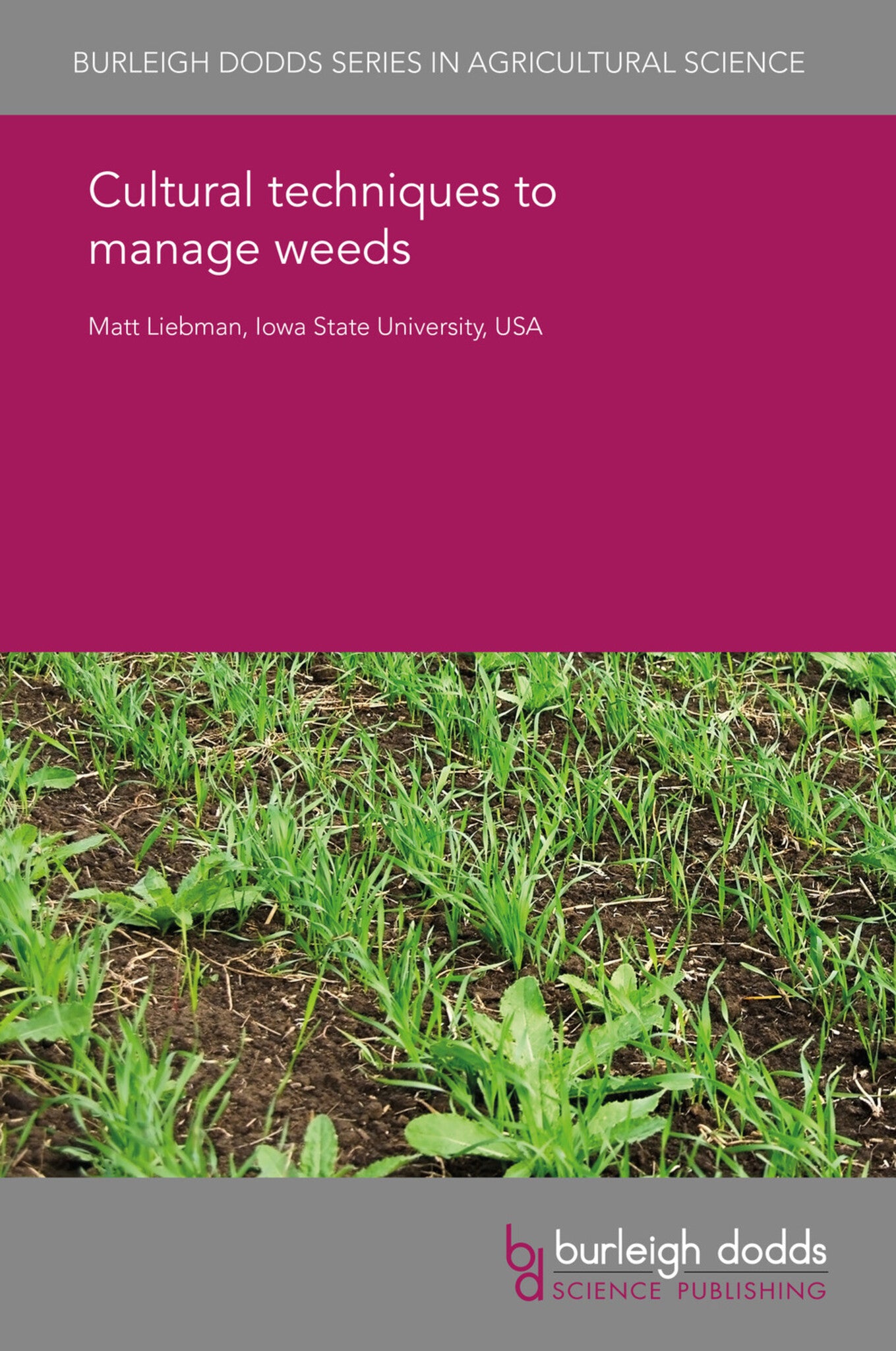We're sorry. An error has occurred
Please cancel or retry.
Cultural techniques to manage weeds

Some error occured while loading the Quick View. Please close the Quick View and try reloading the page.
Couldn't load pickup availability
- Format:
-
26 December 2017


TECHNOLOGY & ENGINEERING / Agriculture / Sustainable Agriculture, Pest control / plant diseases, TECHNOLOGY & ENGINEERING / Agriculture / Agronomy / Crop Science, TECHNOLOGY & ENGINEERING / Pest Control, Sustainable agriculture, Agronomy and crop production

1 Introduction 2 Crop population density 3 Crop spatial arrangement 4 Sowing time and transplanting 5 Choice of crop genotype and breeding for competitive and allelopathic abilities 6 Mulching 7 Soil fertility management 8 Irrigation and flooding: depth, timing and placement 9 Effects of combining multiple practices: examples of ‘many little hammers’ at work 10 Future trends in research 11 Summary 12 Where to look for further information 13 References



